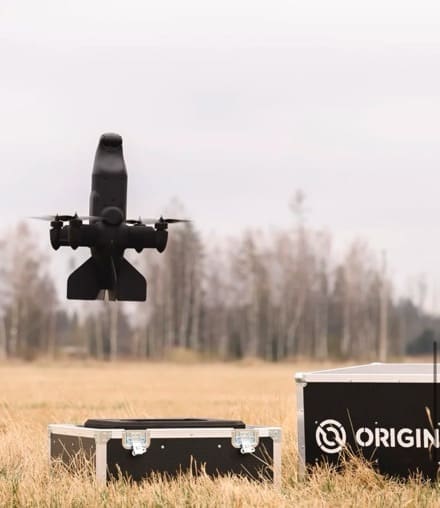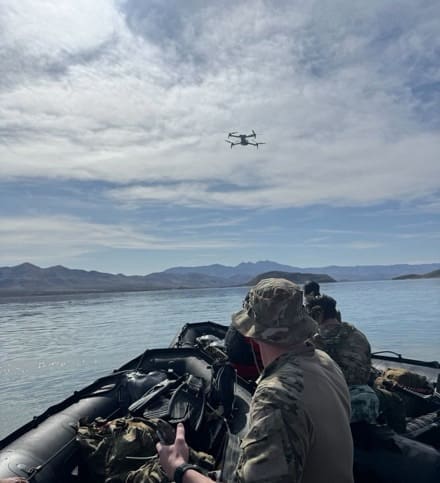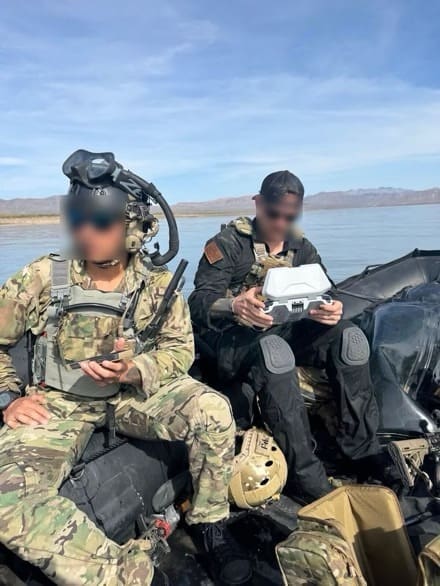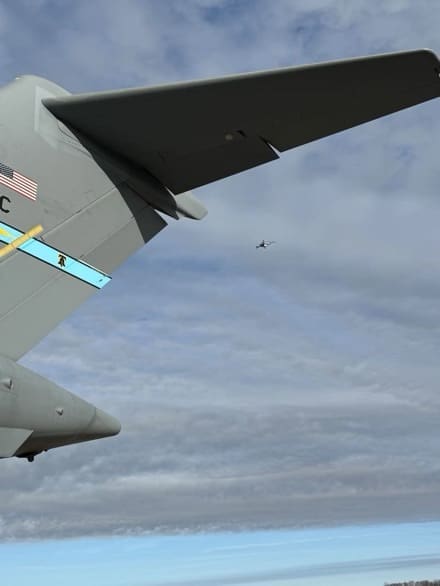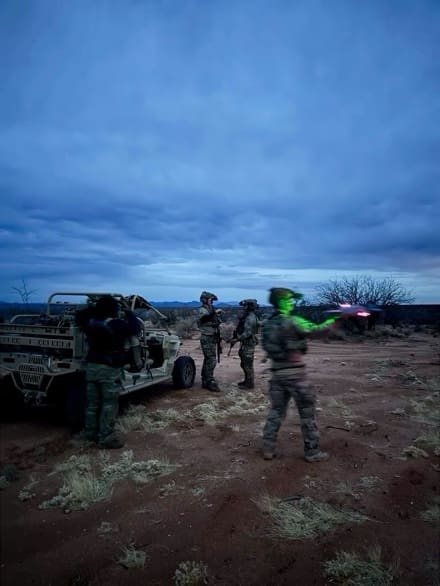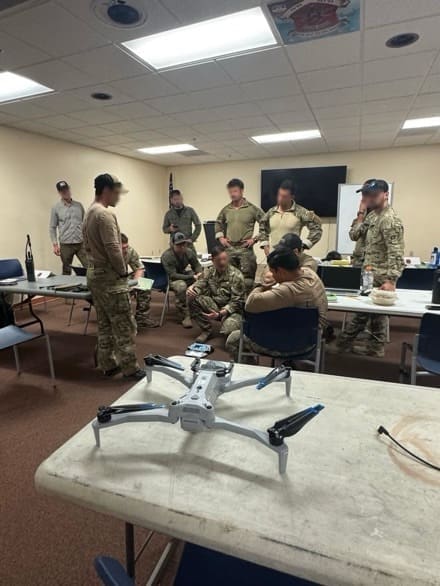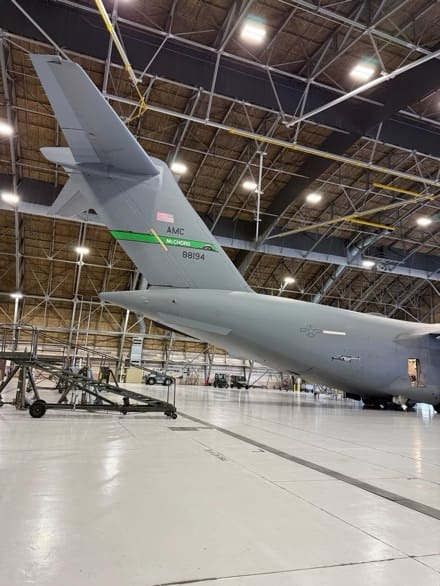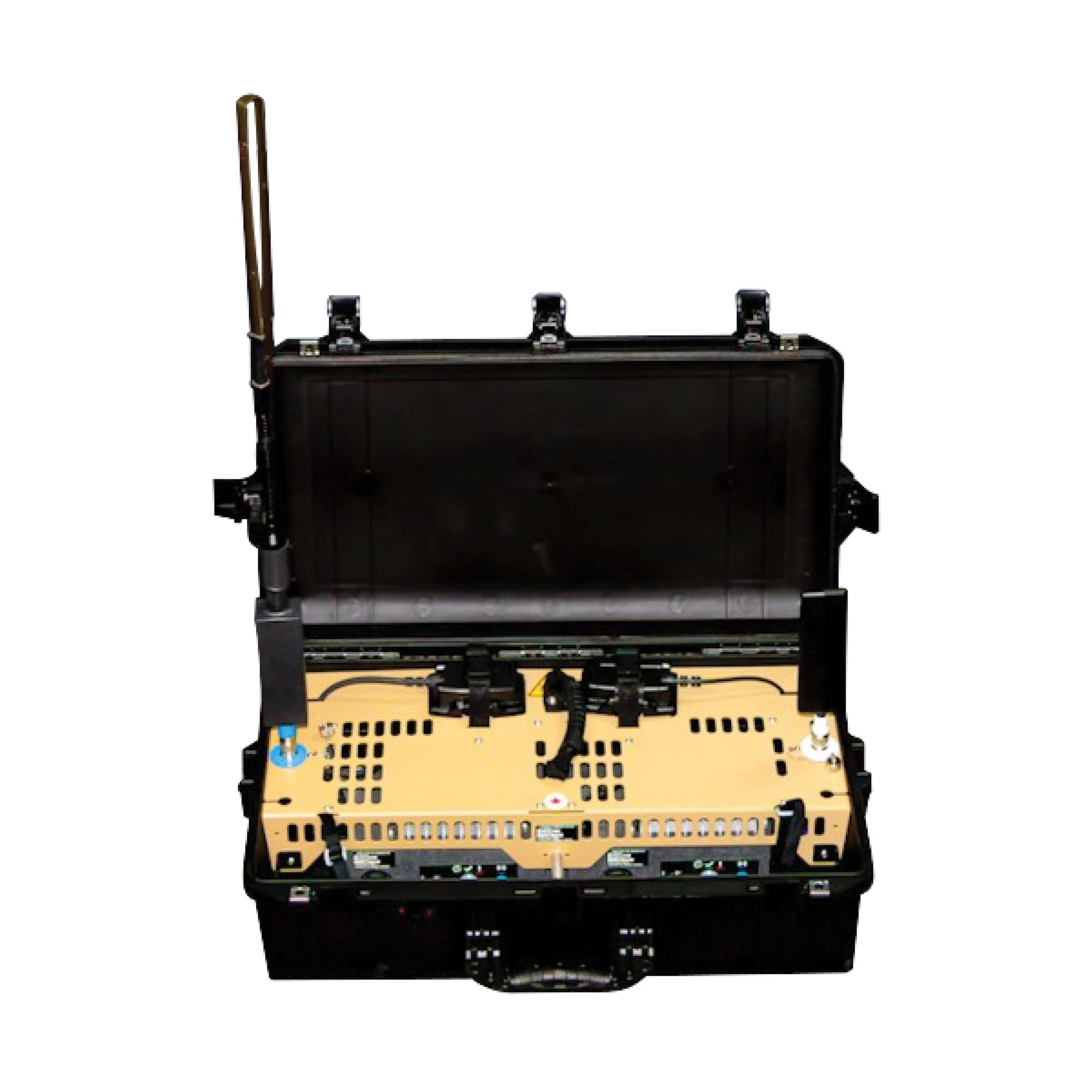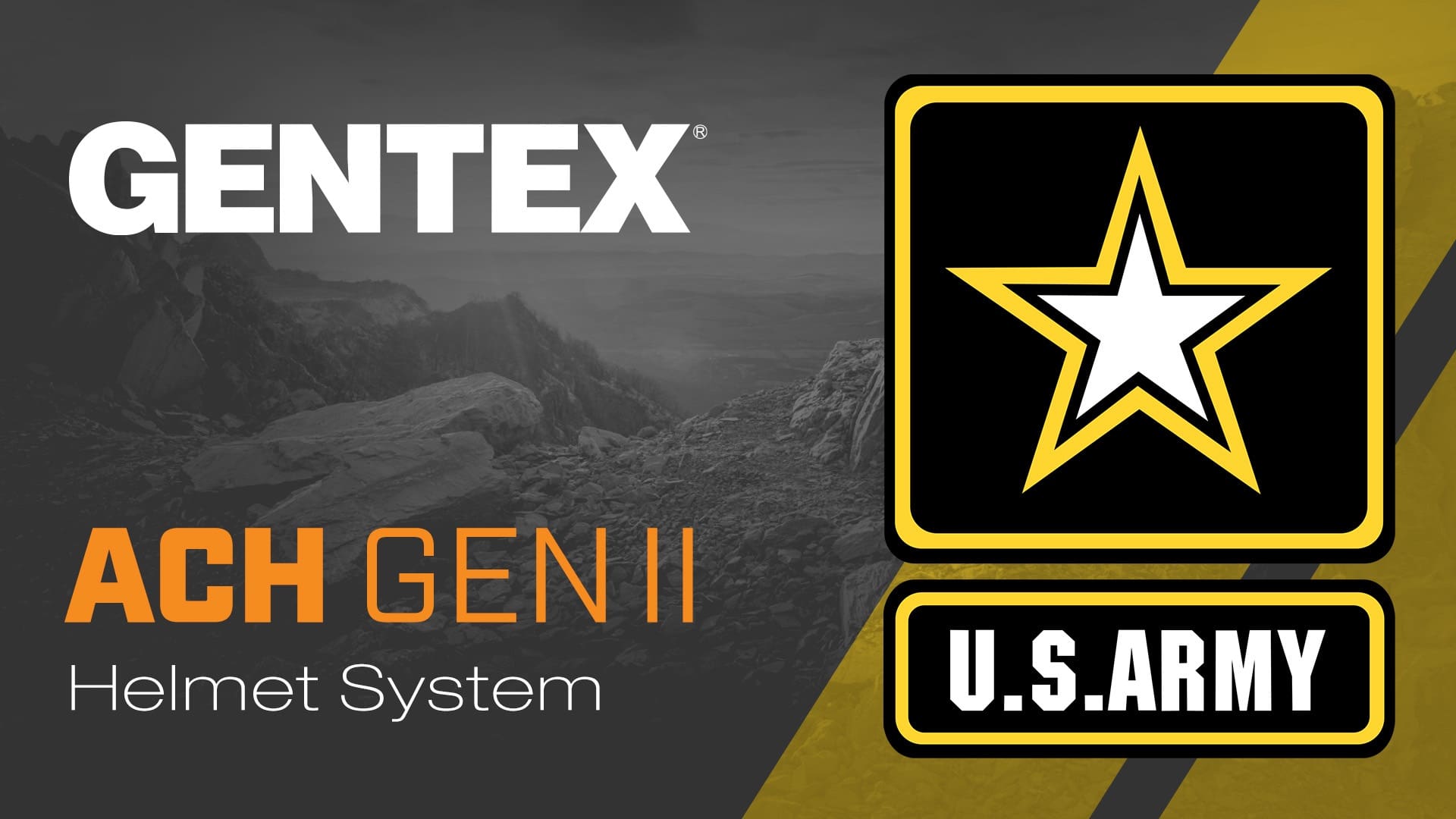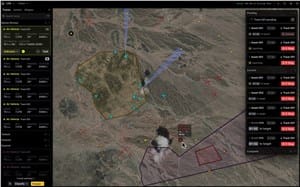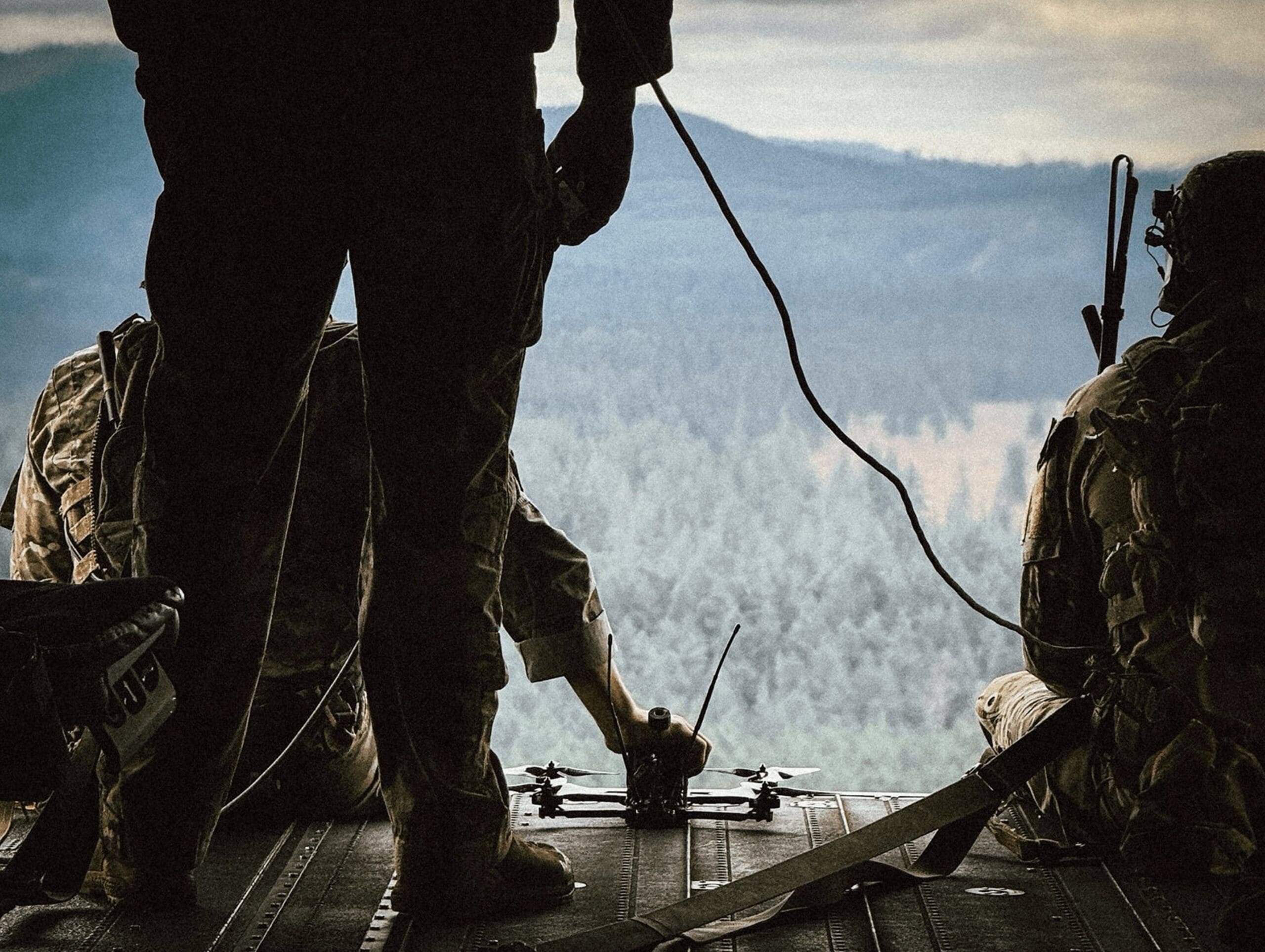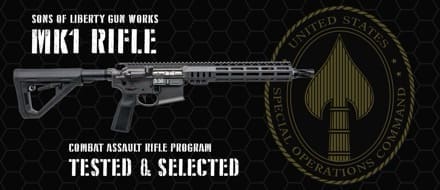
San Antonio, TX – Sons of Liberty Gun Works (SOLGW) is proud to announce it has been awarded a contract by U.S. Special Operations Command (SOCOM) for the Combat Assault Rifle (CAR) program. Following a rigorous competitive evaluation, a select-fire variant of the SOLGW MK1 rifle with an 11.5-inch barrel was chosen to equip America’s most elite warfighters.
SOCOM’s evaluation demanded the highest standards of small arms performance, including extensive trials for durability, precision, reliability, and environmental resilience. The SOLGW rifle endured extreme conditions—heat, cold, dust, mud, and salt exposure—while maintaining consistent function and accuracy.
The MK1 selected by SOCOM is the result of a multi-year development effort, building upon SOLGW’s extensive experience producing ultra-reliable rifles trusted by law enforcement and civilian shooters. Every component was analyzed and refined to maximize reliability, shootability, and durability, ensuring the platform can perform anywhere in the world.
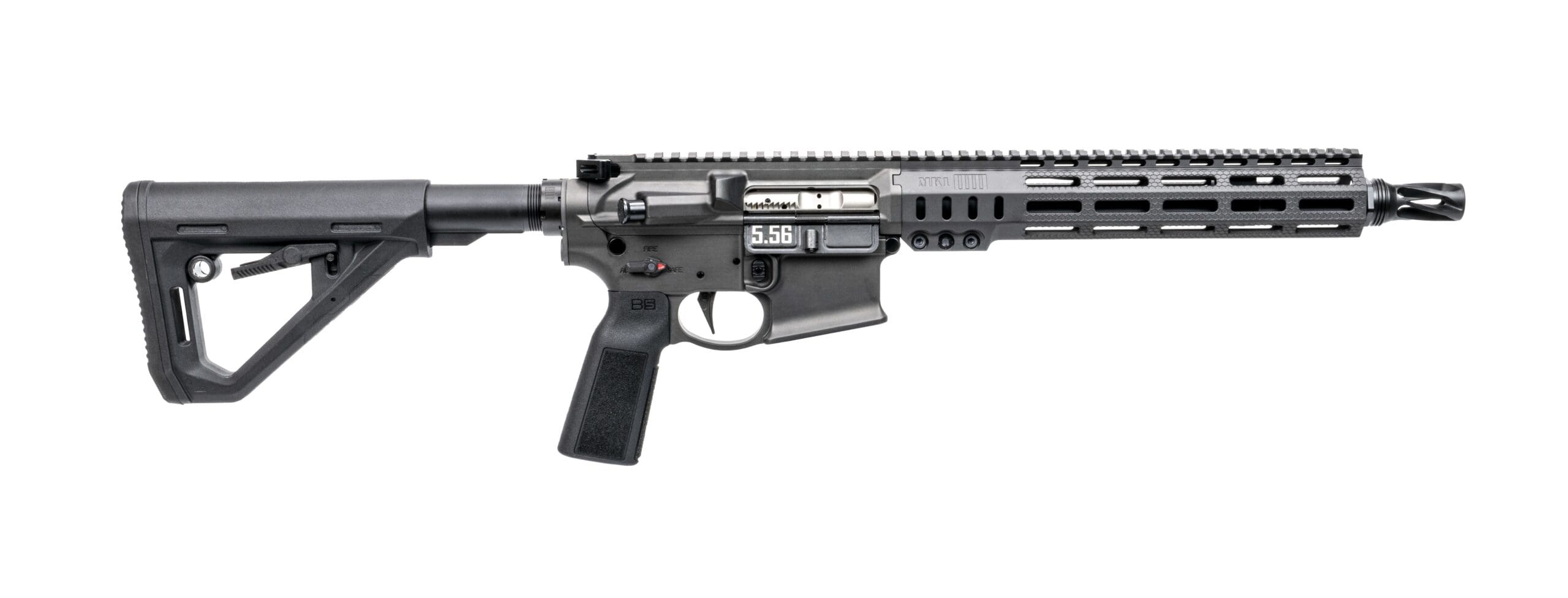
“This is an incredible honor for Sons of Liberty Gun Works and something I dreamed about when I was building my first rifles in my garage,” said Mike Mihalski, Founder of SOLGW. “Our mission has always been to build the world’s finest fighting rifles for those who go into harm’s way. To have SOCOM select our rifle after such demanding trials is the ultimate validation of that mission.”
CEO Nate Horvath added: “I am incredibly proud of our team for their effort on this project, and excited to officially share the news. The MK1 has already seen strong adoption in the commercial and law enforcement markets, where its performance advantages are immediately clear. While this milestone is significant, our team remains focused on delivering reliable, high-quality, performance-driven fighting rifles to all ofour customers. The future of the MK1 family is bright, and there is more to come.”
See why agencies like San Antonio PD, Utah Highway Patrol, Alabama Department of Law Enforcement, St. John’s Parish Sheriff’s Office and USMS Fugitive Task Forces are picking SOLGW by visiting www.sonsoflibertygw.com


